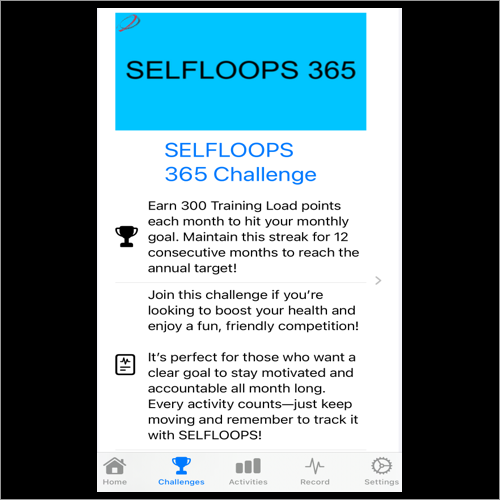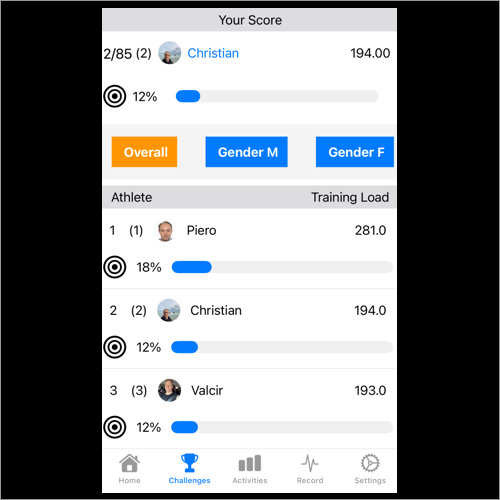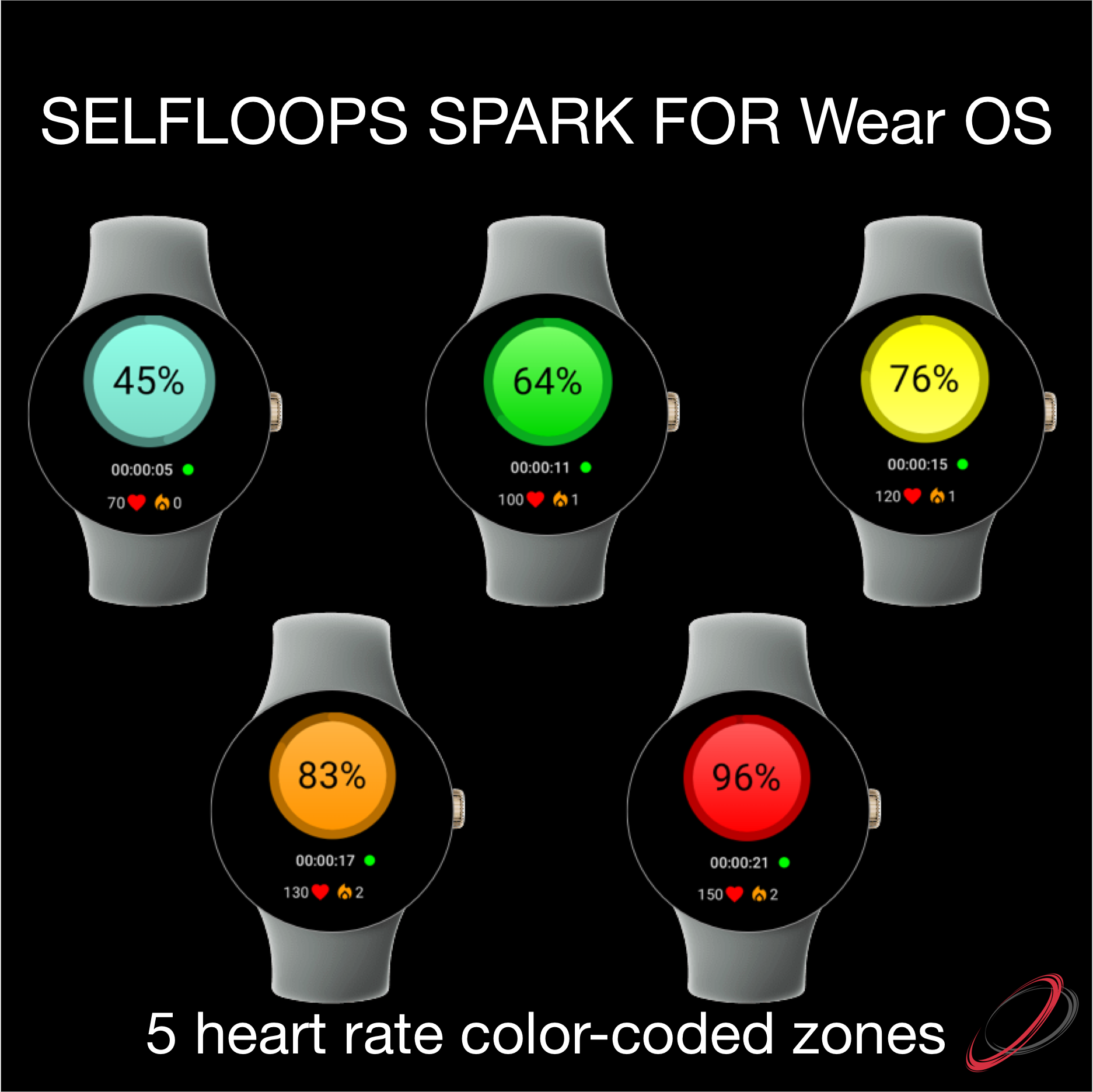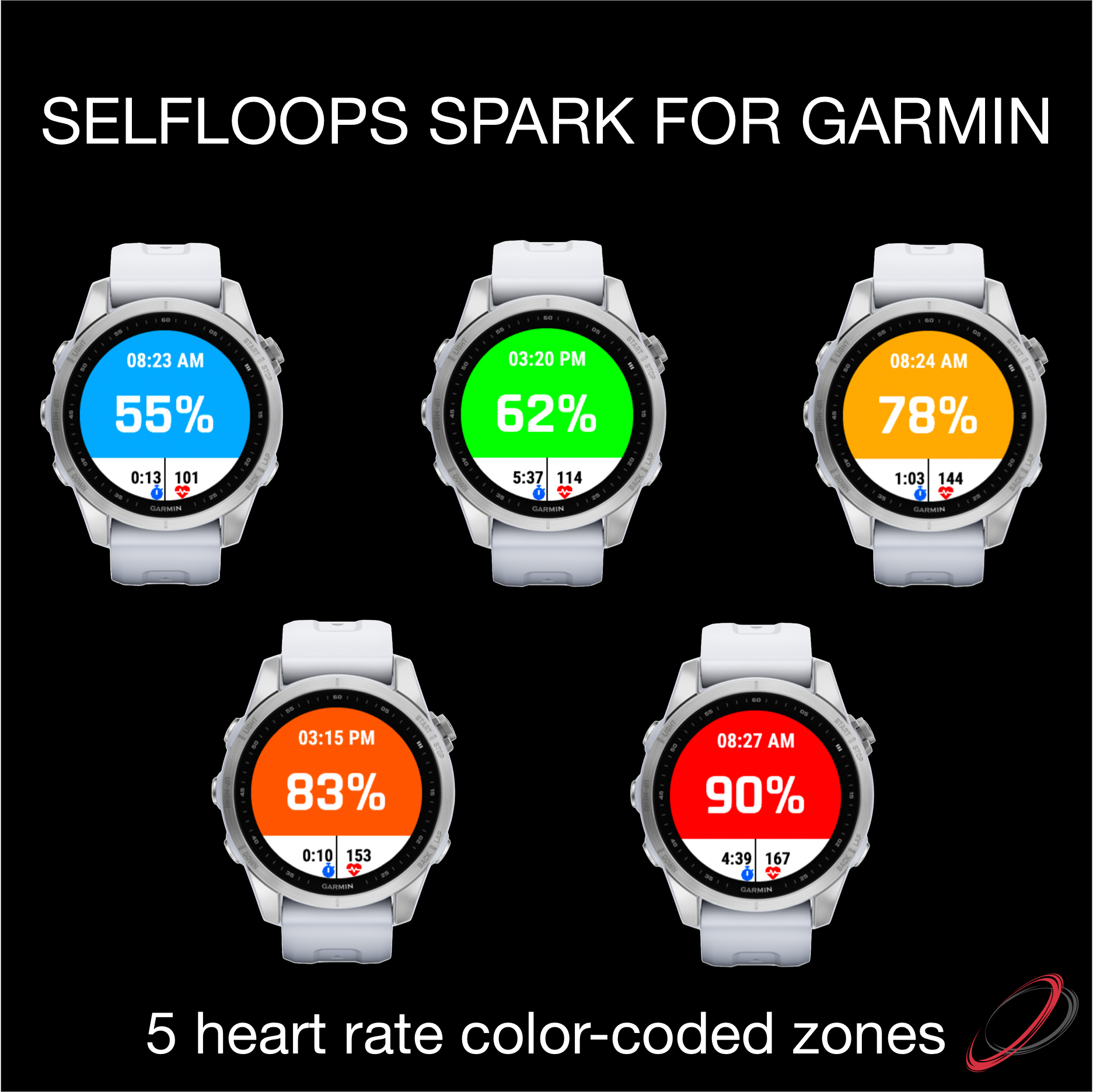At SELFLOOPS, we believe fitness is about more than just exercise — it’s about celebrating progress, fostering motivation, and having fun along the way. That’s why we’re excited to announce the launch of our Podium screen, a brand-new feature in our Group Fitness app designed to bring recognition and excitement to every workout session.
What is the Podium Screen?
The Podium screen is the grand finale of your group fitness sessions. At the end of every workout, the app showcases the top three performers, complete with their names, photos, and points earned during the session. To make it even more fun and celebratory, the screen comes alive with vibrant confetti falling in the background — because every achievement deserves a party!
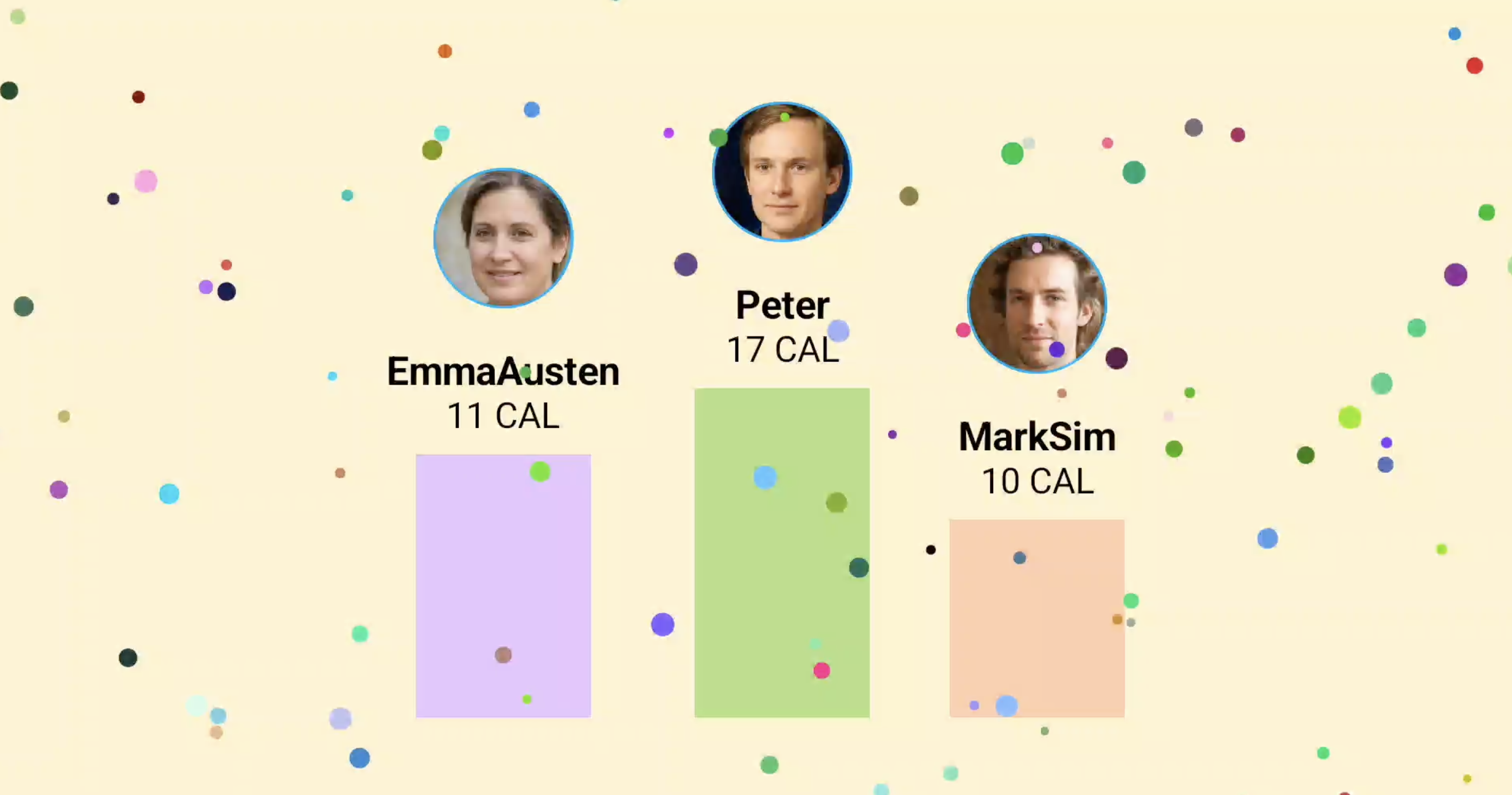
Why We Built the Podium Screen
Recognition is a powerful motivator. By highlighting individual achievements, the Podium screen:
- Increases Engagement: Members are more likely to stay committed and return for future sessions when their efforts are acknowledged.
- Boosts Retention: Gamifying fitness keeps workouts fresh and exciting, encouraging members to keep coming back.
- Promotes Healthy Competition: Friendly rivalry fosters camaraderie and pushes everyone to give their best.
- Celebrates Success: Fitness is a journey, and every milestone deserves to be recognized.
At SELFLOOPS, we’re committed to making fitness as rewarding and enjoyable as possible, and the Podium screen is just one of the many ways we’re helping gyms and fitness clubs inspire their members.
How It Works
- Track Performance: During group workouts, the app tracks key metrics like heart rate and calories burned.
- Score Points: Each participant earns points based on their effort and performance.
- Celebrate Achievements: At the end of the session, the top three scorers take the spotlight on the Podium screen, turning fitness into a fun and rewarding experience.
Designed for Fun and Fitness
The Podium screen isn’t just about competition; it’s about celebrating effort and building a sense of community. Whether you’re aiming for the top spot or cheering on your teammates, the Podium adds an extra layer of excitement and connection to every session.
Ready to Try It?
The Podium screen is available now in the SELFLOOPS Group Fitness app. If you’re a gym owner or fitness instructor, this feature is a fantastic way to engage your members and create memorable experiences. If you’re a fitness enthusiast, it’s time to step up, join the fun, and see your name on the Podium!
Let’s make fitness a celebration. Download the latest update and experience the Podium screen today.
Stay healthy, stay motivated, and see you on the Podium!
#SELFLOOPS #GroupFitness #CelebrateSuccess #PodiumFeature #FunAndHealthy
